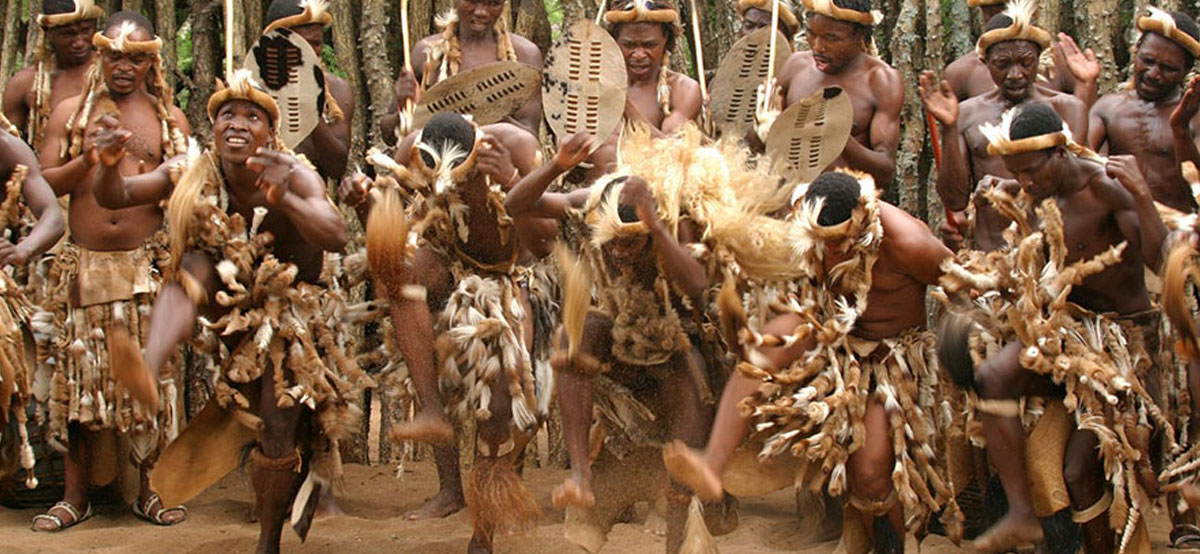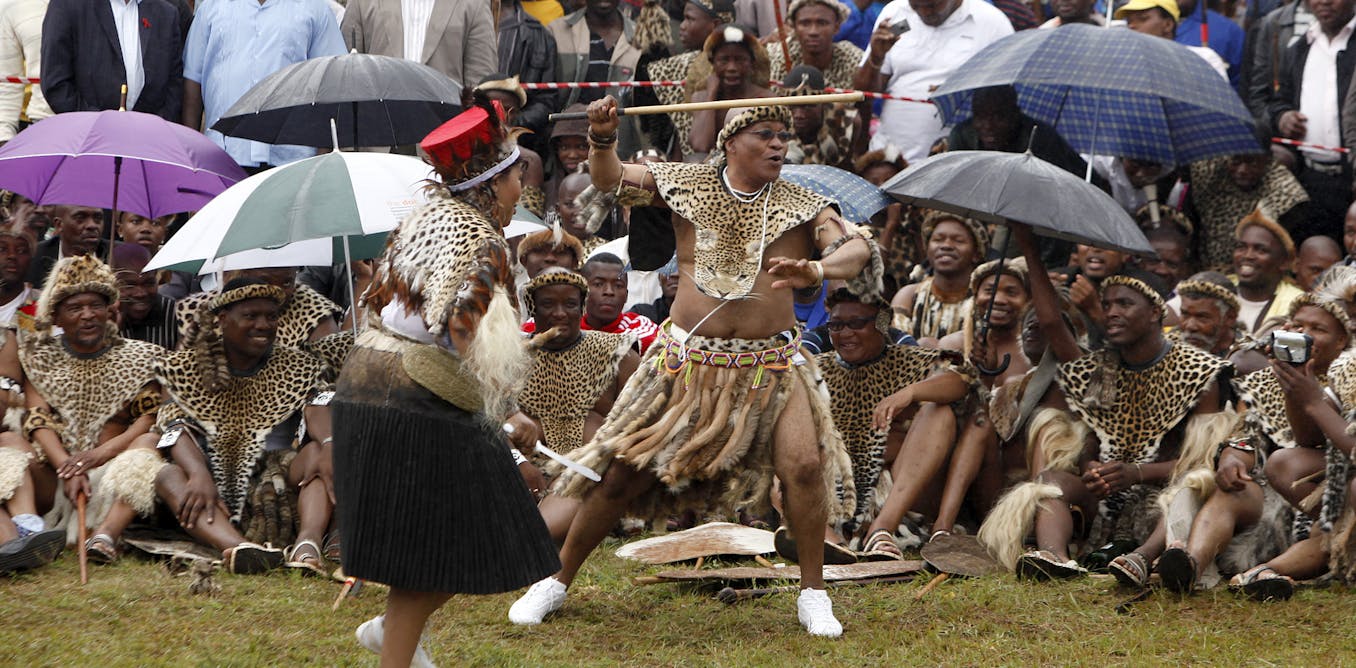The Ultimate Guide To South African Culture Today
Table of ContentsNot known Incorrect Statements About South African Culture Today Excitement About South African Culture TodayThe 5-Second Trick For South African Culture TodayThe smart Trick of South African Culture Today That Nobody is DiscussingThe Ultimate Guide To South African Culture TodayMore About South African Culture Today
This follows with vocal singing and drum pounding. The groom and bride then satisfy with the seniors and speak about the significance of their union. An issue of significance in Zambian towns is the diing of liked ones. All members of the town placed money, effort and time together for the funeral of the deceased.During the grieving period; guys stay outside your home and the women remain inside the home of the deceased. After speaking about the deceased, the village strolls to the area of funeral to say their last goodbyes. Songs and dance is a very crucial aspect of the Zambian culture. The various tribal units have their very own dance kinds; nonetheless, makishi prevails among all people.
The Only Guide for South African Culture Today
When it concerns songs, drums are used the most, with a range of drumming events. In Zambia, bulk of the individuals are Christian; Protestant and Roman Catholic. There are little teams of Muslims and Hindus, with the remainder complying with neighborhood indigenous tribal beliefs.

South African heritage and society is greatly diverse, and includes several various groups of people who each have their own traditions and ideas. Having such a variety of individuals and societies is what makes South Africa so distinct. In the real sense of the expression, we are a rainbow nation.
Making it the 7th on the listing of nations with the most Portuguese individuals in it outside of Portugal. Portuguese is not just a culture, however it is also a language and a nationality. Portuguese individuals originate from the country of Portugal in Europe, nonetheless, due to Portugal (like lots of various other nations in Europe) discovering the world and overcoming other nations during the 15th 20th centuries, South Africa has what we call Portuguese South African's living in it.
A Biased View of South African Culture Today
Amongst the prominent functions of the topography is a plateau that covers nearly 2 thirds of the facility of the nation. The plateau facility climbs toward the southeast, where it culminates in the Drakensberg range, part of a cliff that divides the plateau from the seaside locations. The Drakensburg includes Sparkling wine Castle, the greatest optimal in the nation.
The area north of the Witwatersrand, called the bushveld, inclines downward from eastern to west toward the Limpopo River, which forms the international border. The western section of the plateau, the middleveld, also descends in the direction of the west and differs in altitude in between the highveld and bushveld. In between the Drakensburg and the eastern and southern coast, the land comes down to the sea.
Nearer the shore there is a low-lying level called the eastern lowveld. Southwest of the plateau the country comes to be considerably more arid, giving way to the hostile desert of the Great Karroo, verged on the eastern by the lower, much better watered plateau of the Little Karroo. Separating the completely dry southern inside from the sandy littoral of the southerly coast and West Cape is an additional array, the Langeberg.
4 Simple Techniques For South African Culture Today
The nation's racially, ethnically, and politically divided history has created national and subnational icons that still function as symbols of the nation, and others symbols that are approved only by specific groups. The monoliths to white settler conquest and political dominance, such as the Afrikaner Voortrekker ("pioneer") Monolith in Pretoria and the Rhodes Monolith recognizing the British colonial realm builder and Cape prime preacher Cecil Rhodes, continue to be sectarian symbols.
The very first contemporary residents were the San ("bushman") hunter-gatherers and the Khoi ("Hottentot") peoples, who rounded up animals (South African culture today). The San may have been existing for thousands of years and left evidence of their visibility in countless ancient cave paintings ("rock art"). Bantu-speaking clans that were the ancestors of the Nguni (today's amaZulu, amaXhosa, amaSwazi, and vaTsonga peoples) and Tswana-Sotho language groups (today's Batswana and Southern and Northern Basotho) migrated below east Africa as very early as the fifteenth century

The two former republics of the Orange Free State and Transvaal (South African Republic) were developed by Afrikaner settlers who beat and dispossessed the Basotho and Batswana. Lesotho would certainly have been forcibly integrated into the Orange Free State without the expansion of British security in 1869. The ultimate unification of the country resulted from the South African War (18991902) between the British and the two Afrikaner republics, which decreased the nation to ruin at the beginning of the twentieth century.
Afrikaners traditionally considered themselves the just real South Africans and, while giving full citizenship to all citizens of European descent, rejected that status to people of shade until the democratic shift of 1994. British South Africans keep a sense of social and social connection to Great Britain without compromising their identification as South Africans.
The Definitive Guide to South African Culture Today
The diversity and fragmentation within ethnic collections and the balance of stress between those groups throughout the twentieth century prevented interethnic civil problem. While intergroup stress over click to find out more sources, entitlements, and political supremacy stay, those conflicts are as likely to match Zulu against Zulu as Zulu versus Xhosa or African against Afrikaner.
From colonial India, British vendors and administrators brought the bent metal decorative roofing systems and slim shoelace work pillars that still symbolize the verandas of homes arounds and cities throughout the nation. Holy places add a crucial building aspect even in the smallest communities. Along with the soaring steeples and timeless stonework of Afrikaans Dutch Reformed churches, Anglican churches, synagogues, mosques, and Hindu shrines give variety to the spiritual building scene.

Butchering and the brewing of traditional grain beer are crucial in securing the engagement and a good reputation of the ancestors that are taken into consideration the guardians of good luck, success, and health. Indian communities preserve their indigenous culinary traditions and apply them on Islamic and Hindu routine and ritualistic celebrations. Afrikaners and Coloured people collect at weekend breaks and special events at multifamily barbeques called braais, where community bonds are enhanced.
Because this was the key financial business of both black Africans and white homesteaders, problem in between those groups fixated the property of grazing land and animals. In 1867, the largest diamond deposits in the globe were found at Kimberley in the west main area. The wide range from those fields aided finance like this the exploitation of this the biggest gold coral reef in the world, which was found on the Witwatersrand in 1886.
6 Simple Techniques For South African Culture Today
This resulted in misunderstandings and deliberate misrepresentation in the transactions of white inhabitants and government authorities with African chiefs throughout the early american duration (South African culture today). In the facility of African books, some elements of common and primarily "tribal trust fund" land tenure were protected, and also in white rural locations, kinds of common tenure were still exercised in locations with African neighborhoods
After the democratic makeover of 1994, programs for land restitution, redistribution, and reform were set up, yet progression has actually been slow. The white minority still manages eighty percent of the land. Following farming land invasions in Zimbabwe, the Department of Land Matters has promised to speed up land redistribution.